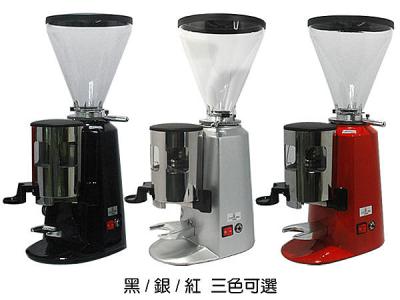A brief introduction to the producing area of the taste of Uganda coffee beans by the method of grinding scale flavor description
A brief introduction to the producing area of the taste of Uganda coffee beans by the method of grinding scale flavor description
Uganda is the country of origin of coffee grown in Robusta, but commercial cultivation of Arabica species here did not begin until early 1900. Today, there are still a large number of wild robusta coffee trees in Uganda, which is rare in cities in the world. As a landlocked country, the large coffee cultivation in Uganda is often interplanted, where coffee trees mingle with food crops and rubber trees, because of the unique natural environment, the coffee here spends an average of twice a year, which makes Uganda the largest producer of coffee honey in the world.
Africa is the hometown of the two major varieties of coffee, Arabica and Robusta, while Uganda, which is located in eastern Africa and enjoys the laudatory names of "plateau water hometown" and "Pearl of East Africa", is believed by many people to be the birthplace of Robusta.
Africa is the hometown of the two major varieties of coffee, Arabica and Robusta, while Uganda, which is located in eastern Africa, which is known as "plateau water hometown" and "Pearl of East Africa", is believed by many to be the birthplace of Robusta.
Uganda is one of the few countries in the world that can grow both Arabica and Robusta, with an environment and climate suitable for coffee growth. Uganda is located between 9-2000 meters above sea level, with an annual temperature of 15 ℃-28 ℃.
Ugandan coffee beans have a unique flavor of delicate flavor, which is very suitable for making Italian and other flavors of coffee. More importantly, Ugandan coffee beans are strictly screened according to the standards of the international market to ensure their high quality and pollution-free characteristics.

Important Notice :
前街咖啡 FrontStreet Coffee has moved to new addredd:
FrontStreet Coffee Address: 315,Donghua East Road,GuangZhou
Tel:020 38364473
- Prev

Nicaragua coffee beans grinding graduation processing method taste variety production area characteristics introduction
Nicaragua coffee beans grinding scale processing method taste varieties production area characteristics Nicaragua coffee belongs to Central and South American style coffee, acidity is not very high, but feel fresh. The alcohol level was also not high, but the overall feeling was just right, neither weak nor too thick. Make it easier to accept. In the light sour taste can also vaguely feel the taste of red wine,
- Next

Introduction of Yunnan small Coffee how to brew Seedling and brew methods, Price and Flavor description
How to brew Yunnan small-grain coffee how to brew seedlings and describe the characteristics of price and flavor varieties introduce the siphon pot characteristics of the whole strategy of brewing small-grain coffee: the brewed coffee has good aroma and high mellowness. Corresponding coffee beans: non-heavily roasted single coffee beans and mixed coffee beans, such as Blue Mountain, Colombia, Brazil, etc. Adapt to the crowd: pursue the quality of coffee, not afraid of the trouble of washing the pot, rich
Related
- Detailed explanation of Jadeite planting Land in Panamanian Jadeite Manor introduction to the grading system of Jadeite competitive bidding, Red bid, Green bid and Rose Summer
- Story of Coffee planting in Brenka region of Costa Rica Stonehenge Manor anaerobic heavy honey treatment of flavor mouth
- What's on the barrel of Blue Mountain Coffee beans?
- Can American coffee also pull flowers? How to use hot American style to pull out a good-looking pattern?
- Can you make a cold extract with coffee beans? What is the right proportion for cold-extracted coffee formula?
- Indonesian PWN Gold Mandrine Coffee Origin Features Flavor How to Chong? Mandolin coffee is American.
- A brief introduction to the flavor characteristics of Brazilian yellow bourbon coffee beans
- What is the effect of different water quality on the flavor of cold-extracted coffee? What kind of water is best for brewing coffee?
- Why do you think of Rose Summer whenever you mention Panamanian coffee?
- Introduction to the characteristics of authentic blue mountain coffee bean producing areas? What is the CIB Coffee Authority in Jamaica?

